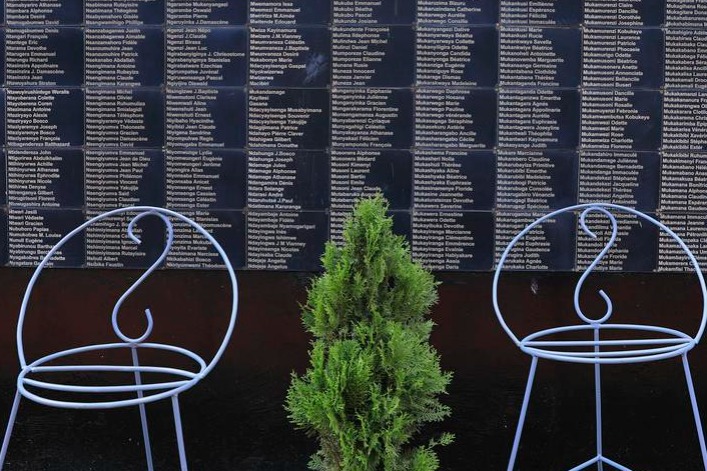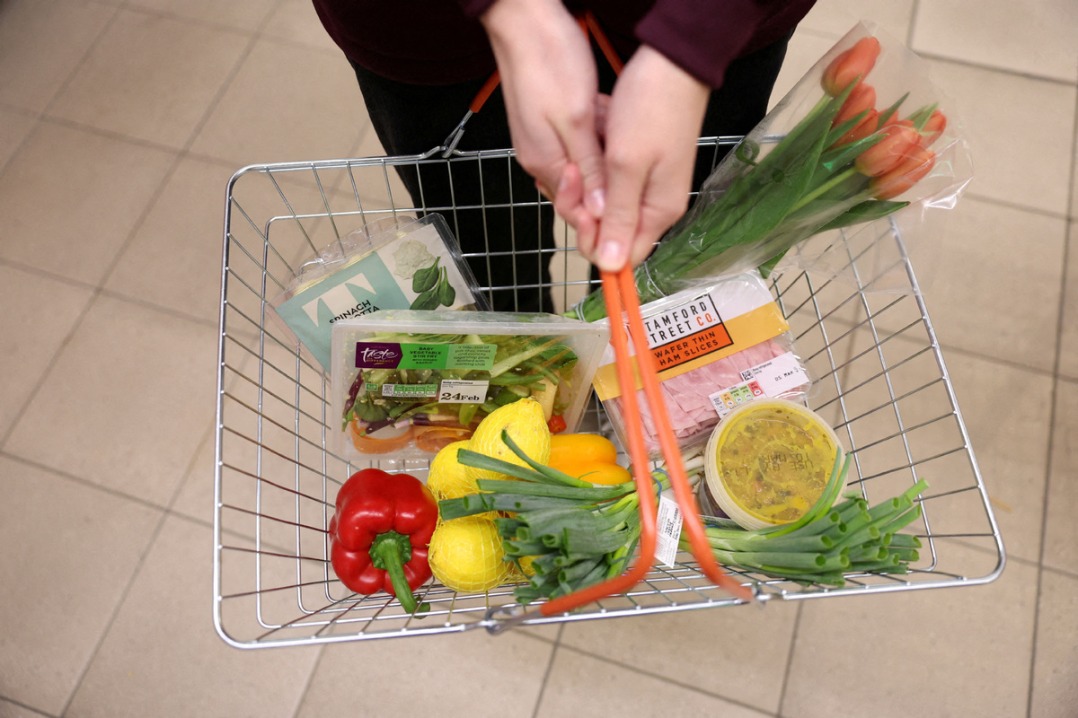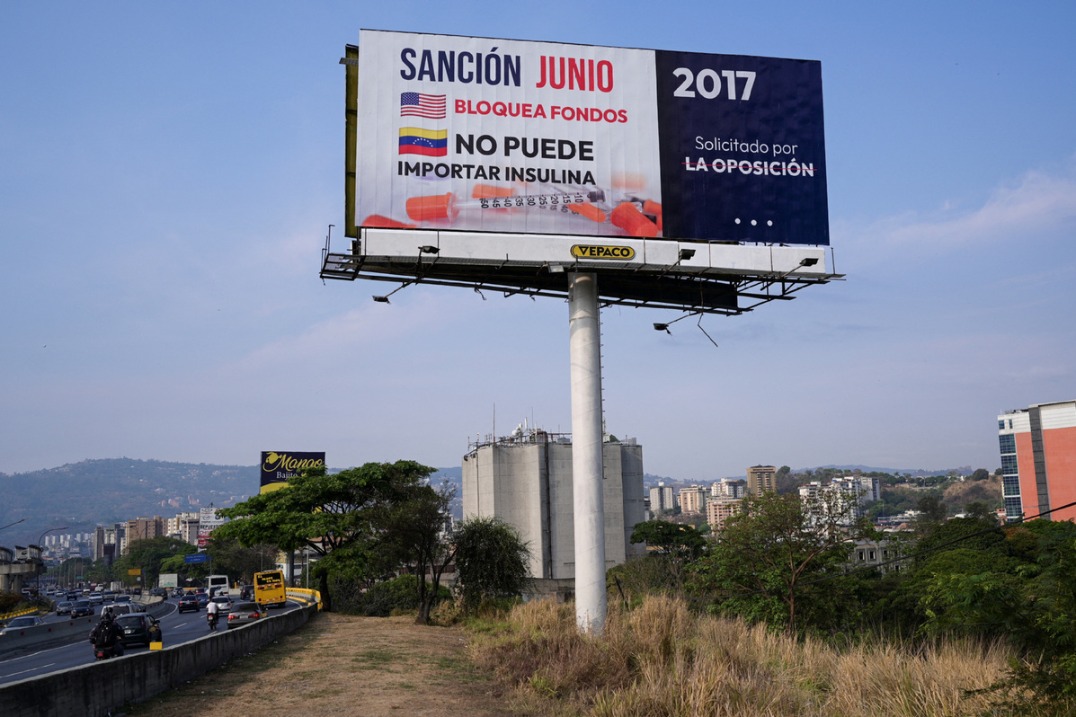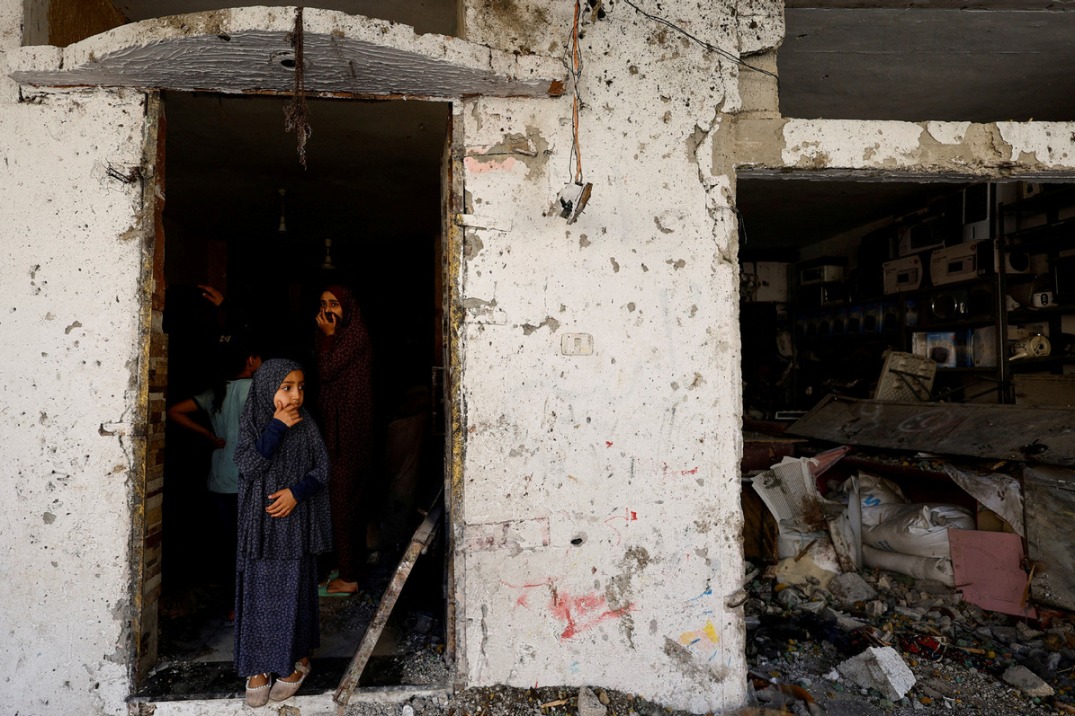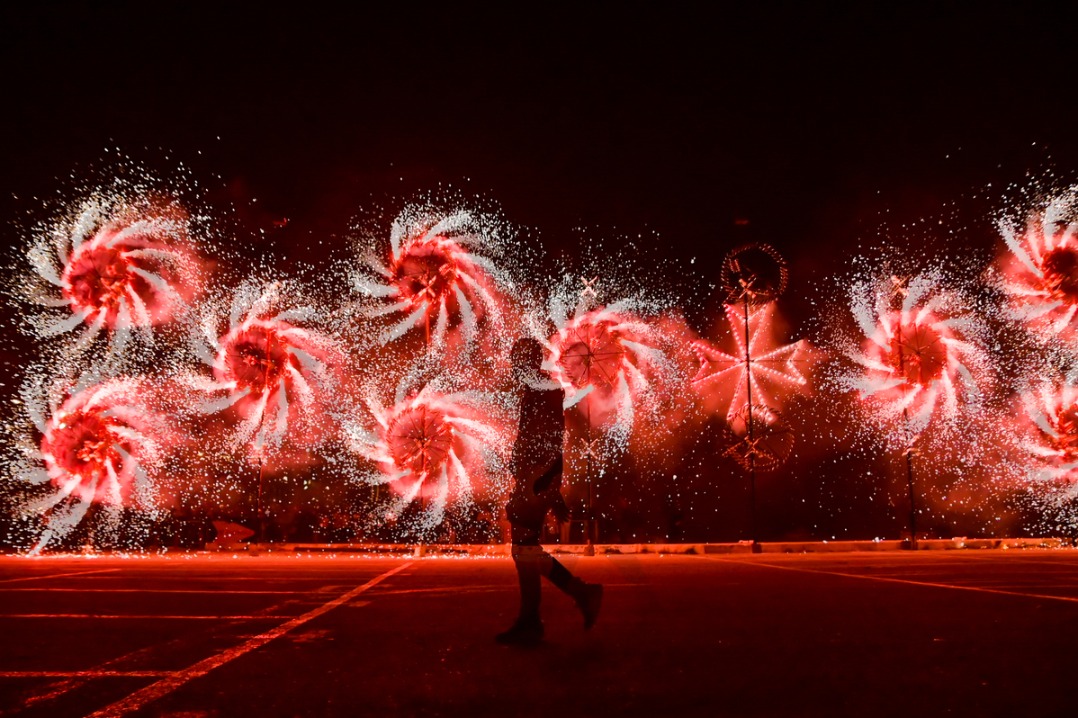Traditional troupe uses dance to cope with deadly quake

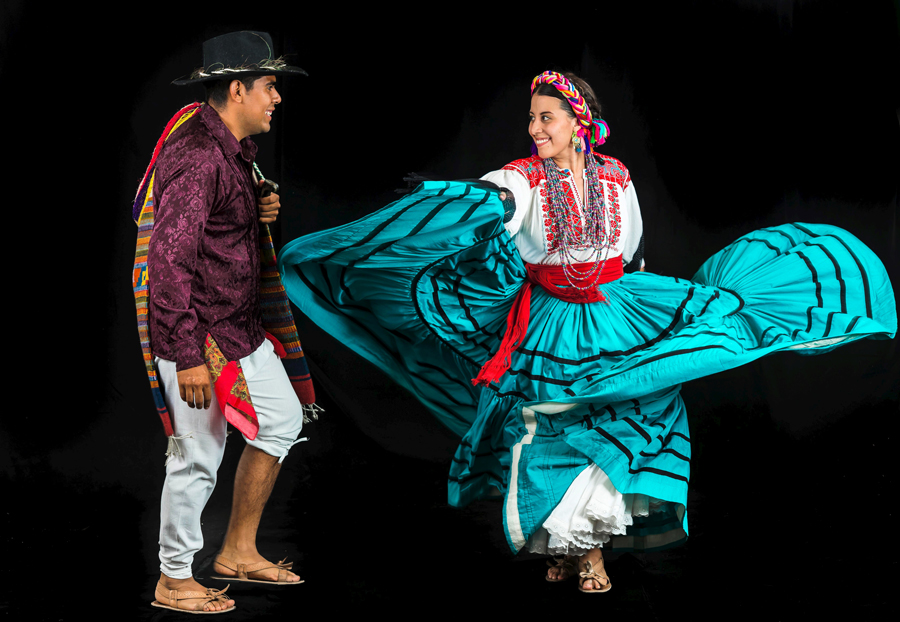
OAXACA, Mexico - After the earthquake that devastated Juchitan in southern Mexico in September last year, Jorge Jimenez and his dance troupe sprang into action.
The magnitude 8.2 quake - the most powerful ever recorded in the country - killed at least 96 people.
Entire families were buried, and the town hall was split in two. Streets were left strewed with debris, and residents had no water or electricity.
"We helped to find survivors and distributed food," said Jimenez, the director of Juchitan de Zaragoza, a traditional dance troupe.
"Then after a while, we decided to dance because the population needed some distraction to overcome the shock."
But the many festivities that are a usual part of life in the community were all canceled in the wake of the earthquake.
"We are still in mourning," said Jimenez, 33.
The dancers nevertheless decided to go to Oaxaca, the capital of the state of the same name, to take part in Guelaguetza, the biggest traditional Mexican festival.
"We want to thank the country for its support" and proclaim "to the world that 'Juchitan lives, and long live Juchitan!'" Jimenez said .
The large Guelaguetza gathering, which means "offering" in the native Zapotec language, was itself founded after an earthquake that devastated Oaxaca in 1931.
Following the quake, locals decided to create a celebration bringing together the many local cultures.
Much more than just a festival, Guelaguetza has been a must on the region's social calendar for 86 years.
Every year, 30 troupes present their unique culture in a parade and performance before 12,000 spectators, dancing in colorful costumes - some with a pineapple or even a vase in hand, others wearing demon masks and cracking a whip.
The event, broadcast on local television, has achieved great success, attracting more than 110,000 visitors.
For the capital of the second-poorest Mexican state, the economic benefits are significant, estimated at over $16 million, according to local authorities.
Participating in Guelaguetza is a time-honored for the many communities of this region of four million inhabitants.
The selection committee is made up of 10 former dancers whose average age is 75 - but whose judgment is sharp.
"We traveled 29,000 kilometers last year," said Margarita, the 82-year-old chair of the selection committee, which is also known as the "authenticity committee".
The committee members roam remote villages and select the very best troupes.
"We evaluate the quality of the dance, the clothing, the hairstyle, the chemistry between the couples," she said.
The stakes are high - if a certain community is not selected, its members sometimes go so far as to protest in the capital or complain to the media.
From an early age, children are immersed in their local culture.
Some young people listen to hip-hop, but they never get away from their cultural roots, said Graciela, 31, a dancer from Santa Maria Tlahuitoltepec.
"We learn music before we even know how to write," she said. "These cheerful rhythms define us - it's our culture."
Agence France-presse
















